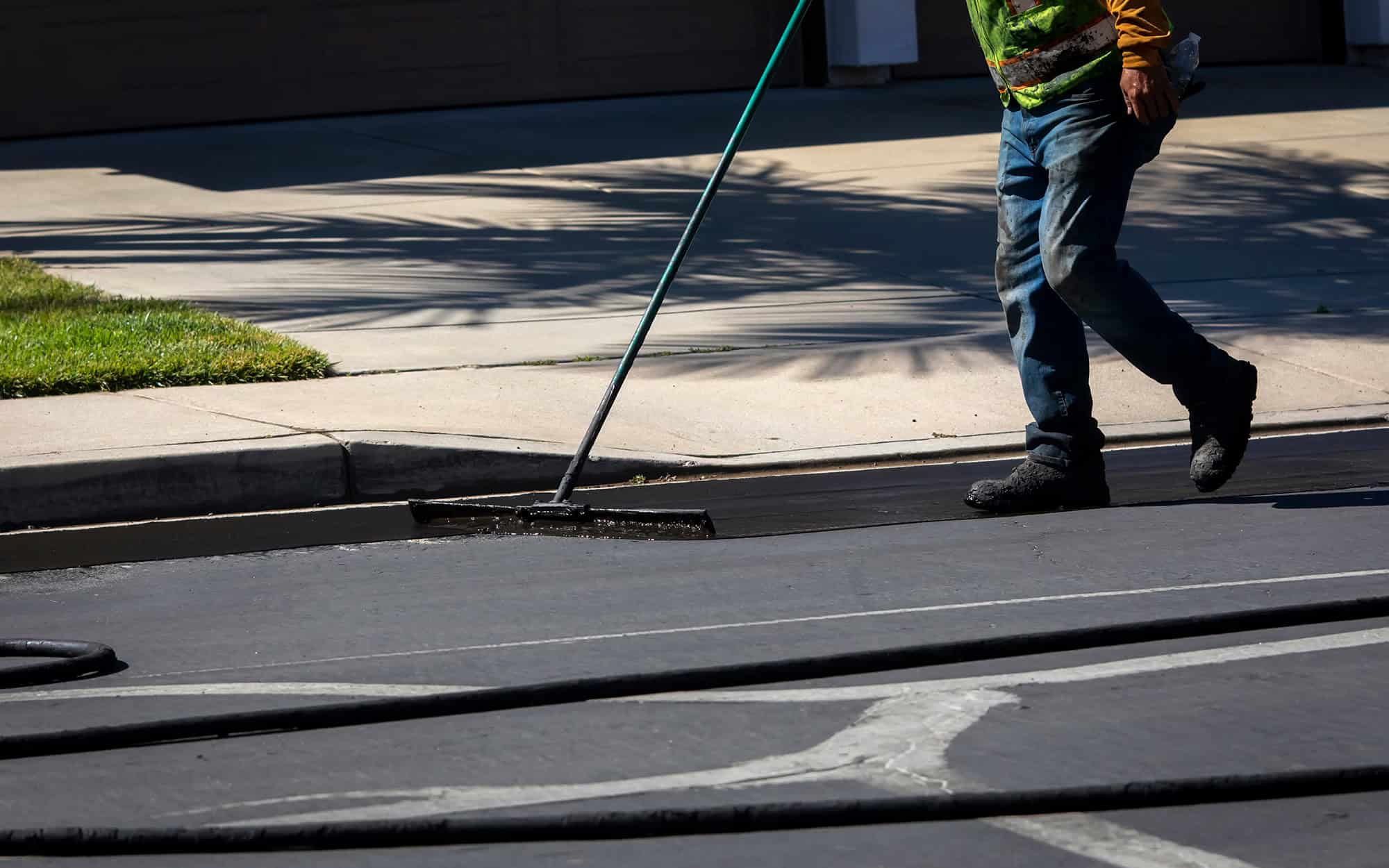Resurfacing can help some damaged driveways last longer, but it’s not a magic fix. It works best when the underlying base is mostly stable and the damage is limited to the surface layer. In many cases, resurfacing acts as a temporary solution, giving homeowners a few extra years before major repairs or full replacement is required. Understanding what resurfacing can and cannot do may help you set realistic expectations.
When Resurfacing is a Good Option
Resurfacing may extend the life of a driveway if:
- Cracks are shallow and mostly on the surface rather than deep structural breaks.
- The foundation beneath is stable with no major settling or shifting.
- Drainage issues are minimal or can be easily corrected before the resurfacing process begins.
This process involves applying a fresh asphalt layer, sealing small imperfections, smoothing uneven areas, and improving the overall appearance of your driveway. By adding a protective layer, resurfacing can slow down further deterioration and help prevent water infiltration. In ideal conditions, it can buy you several more years before significant repairs or replacement are needed.
When Replacement is Unavoidable
If you have a poorly installed driveway, or one with deep cracks, major sinking, or ongoing drainage problems that affect its base, resurfacing alone won’t work. Adding new asphalt on top of a weak foundation might only mask the underlying issues temporarily. Over time, the new layer can settle, crack, and deteriorate just like the old one, leaving you with the same problems and additional expenses.
Replacement is the better choice when:
- The base has failed or was not built to proper standards during installation.
- There is severe water damage or drainage problems undermining the structure.
- Multiple repair and resurfacing attempts have failed to provide lasting results.





